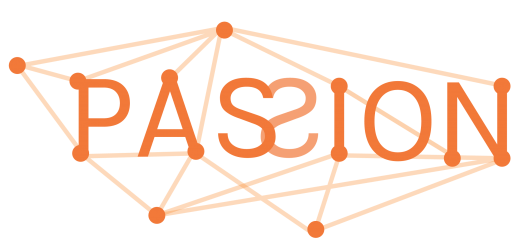![]()
PASSION (Photonic technologies for a programmable transmission and switching modular systems based on Scalable Spectrum/space aggregation for future high capacity metrO Networks) is a three-year project, funded by one of the calls under the Photonic Private Partnership (PPP) Photonics21 of the Horizon 2020 European program, with a total budget of almost 8.5 million euros (nearly $10 million dollars). The project was launched in December 2017 by 12 partners (CTTC, Telefonica and VLC Photonics – Spain, TU Eindhoven and Effect Photonics – The Netherlands, Vertilas – Germany, VTT – Finland, Opsys Technologies – Israel, SM Optics – Italy, EPIC – France, NICT – Japan, ETRI – South Korea) and coordinated by Politecnico di Milano – Italy.
PASSION is a platform based on photonic technologies supporting the development of the future metropolitan communications network, characterized by high transmission capacity, low cost, and reduced energy consumption. New transmission, detection, and routing solutions in a new network architecture ensure a transmission rate of more than 100 Tb/s per link and a switching capacity of over 1 Pb/s per node. PASSION will use a technological platform based on directly-modulated vertical-cavity surface-emitting laser sources (VCSELs) and on multichannel coherent receivers integrated on silicon photonics technology, providing high modularity and aggregating signal flows with a capacity of 16 Tb/s per channel and 112 Tb/s per link exploiting a 7-core fiber.
The new architecture is supposed to achieve a 10-fold power-consumption reduction with respect to commercially available modules based on externally modulated traditional sources. The dimensions of the PASSION modules will be even three orders lower than the current WDM solutions. The flexible network architecture will be optimized for metro applications based on aggregated signal flows, exploiting the full wavelength spectrum and the “space” dimension in a multi-core fiber. Photonic devices capable of aggregating/disaggregating and/or routing data flows in spectrum and/or in space will allow a switching capacity of 1 Pb/s node. The metro network architecture developed in PASSION will thus provide a full programmability to match the traffic evolution and the increasing communications needs of our society.
“Among other innovations, PASSION represents a further step in the incorporation of VCSELs to Silicon Photonics for the further reduction of the packaging costs of such technology platform. VCSELs are lately being incorporated to the consumer electronics platform, for example, in range finders for mobile phone cameras. Their further use in Silicon Photonics for high speed interconnects can be the major breakthrough that the Datacom industry has been waiting for,” says Jose Pozo, director of technology and innovation at the European Photonics Industry Consortium (EPIC; Brussels, Belgium)



